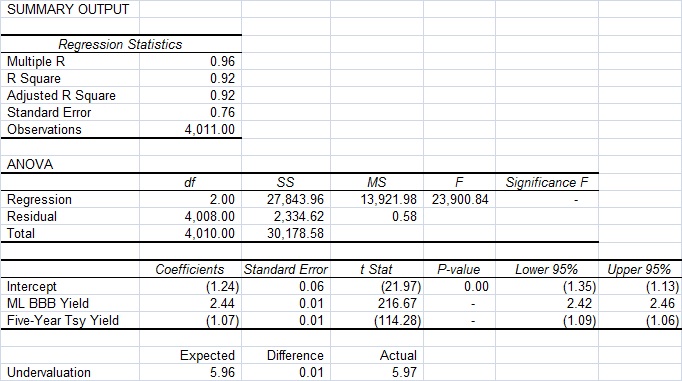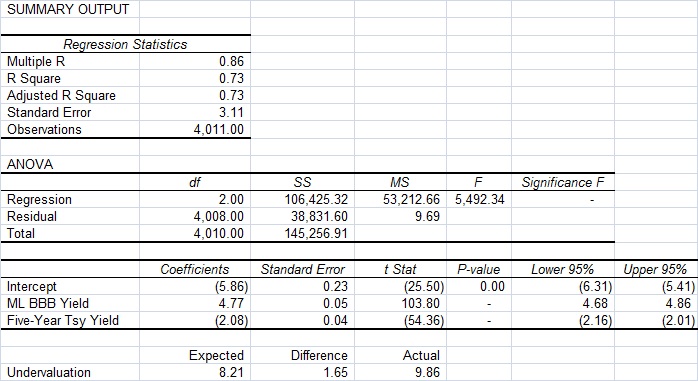The Education of an Investment Risk Manager, Part III
There’s kind of a rule of thumb in Asset-Liability management, that you match liquidity over the next 12 months, and match interest rate sensitivity overall.? I would do more than that, creating my own randomized interest rate models, as well as a new way of creating structured randomness in simulation models.? For a brief period of time, I had one of the best multivariate randomness programs out there, eliminating the problem of correlations in higher dimensions common with Hammersly points.? (My work was not theoretical, but intuitive… once I saw how the randomness was created, I figured out how to de-correlate the higher dimensions (since it was based on prime numbers, create more number than you need, and use a higher prime number to select observations.)
Anyway, when I brought my full-interest rate curve scenarios to the investment department in 1994, they said to me, “These are the first realistic interest rate scenarios we have ever seen.? Did you constrain them?”? I told them “No, just weak mean reversion.? Noise dominates in the short run, mean reversion dominates in the long run.”
As a result, for the lines of business over which I had oversight, we measured our interest rate mismatch in terms of days, weeks, and months, but never years.? Please ignore this incident where things drifted, but worked out exceptionally well (really, that should be a part of this series).? We published a document to show everyone how well we managed interest rate risk in Provident Mutual’s pension division.? We used scenarios far beyond what was required to show how well we did our work.? The regulators never complained.
At that point in time, the ability to integrate residential mortgage-backed securities into cash flow analyses was rudimentary at best.? But I found ways to make it work, most of the time.? That said, I remember joking with the MBS manager in late 1993, and saying there was a new term for a well-protected PAC bond.? He asked, “What is it?”? I replied, “Cash.”? He sarcastically said, “Oh, you are so funny.”?? That said, I pointed out to the investment department that some of their bonds that they thought would last another four years would disappear in 2-3 months.
Then there was the floating rate guaranteed investment contract project that I eventually killed because it was impossible.? You can’t argue with expectations that are unrealistic.? Even better, I beat the Goldman Sachs representative.
In running the GIC desk at Provident Mutual, I had to review a lot of strategies because making money on short-term bonds/loans was difficult, and difficult the degree that I doubted as to whether we were in a good business.? On the bright side, I protected the firm until the day that we? could not write any more? GICs, because our credit quality was too low.? That was the fault of the less entrepreneurial part of the company, so I couldn’t so much about it, except close my operations down.? I asked the senior management team to provide a guarantee to my GICs, but they refused.
As such, I shut the line of business down.? With clients that were unreasonable over credit quality, and management unwilling to extend credit protection to GICs, the battle over GICs was ended, and I sent the line into runoff.
Five years later, as we were now part of the same firm I stood at the estate of John Dwight, with a young woman that I had sold the last GIC of Provident Mutual to, I said, “The end of the GIC business of Provident Mutual.”? We talked, she smiled, but it was part of the end of an era, because GICs were a minority of the assets in Stable Value funds.
If nothing else, this helps to highlight the impermanence of all that is done in financial firms.? I know this in my own life, but I am sure that it is true for most people in finance.






